Valnerina, what to see: 10 places not to miss
The Valnerina, nestled among the soft hills and mountains ofUmbria, is a land that holds unspoiled nature, enchanted villages and ancient traditions. Crossed by the Nera River, this valley offers a spectacle of scenic and cultural beauty, making it one of the most fascinating destinations for those who love slow and authentic tourism. From small medieval villages to nature itineraries, from spiritual sanctuaries to food and wine delicacies, the Valnerina is a place that can amaze in every season.
Here you will find a unique peace, with mountains embracing villages suspended in time, clear rivers, lush forests. It is the beating heart of traditions that have been handed down for centuries, such as black truffle processing and pork butchery, but also of places of deep spirituality that have inspired generations of pilgrims. From the alleys of Spoleto to the views of Castelluccio di Norcia, via the majesty of the Marmore Falls and the rural simplicity of Black Wall, each stop tells a different story. So here are 10 places to see to explore the best of the Valnerina: a journey through history, art, nature and flavors.
1. Spoleto
Spoleto is a historic city on the edge of the Valnerina, renowned for its artistic and cultural heritage. The Albornoz Fortress, built in the 14th century, dominates the panorama and houses the National Museum of the Duchy. At its foot is the impressive Ponte delle Torri, a 230-meter-long, 80-meter-high medieval aqueduct built on Roman foundations. The historic center is rich in historic buildings, such as the Cathedral of Santa Maria Assunta, famous for its 13th-century mosaics and frescoes by Filippo Lippi. Its streets also include the Roman Theater, still used for performances. Spoleto also hosts the famous Festival dei Due Mondi, an international event dedicated to the performing arts, which enlivens the city every summer with performances, concerts and exhibitions. A place where history and culture intertwine in harmony.
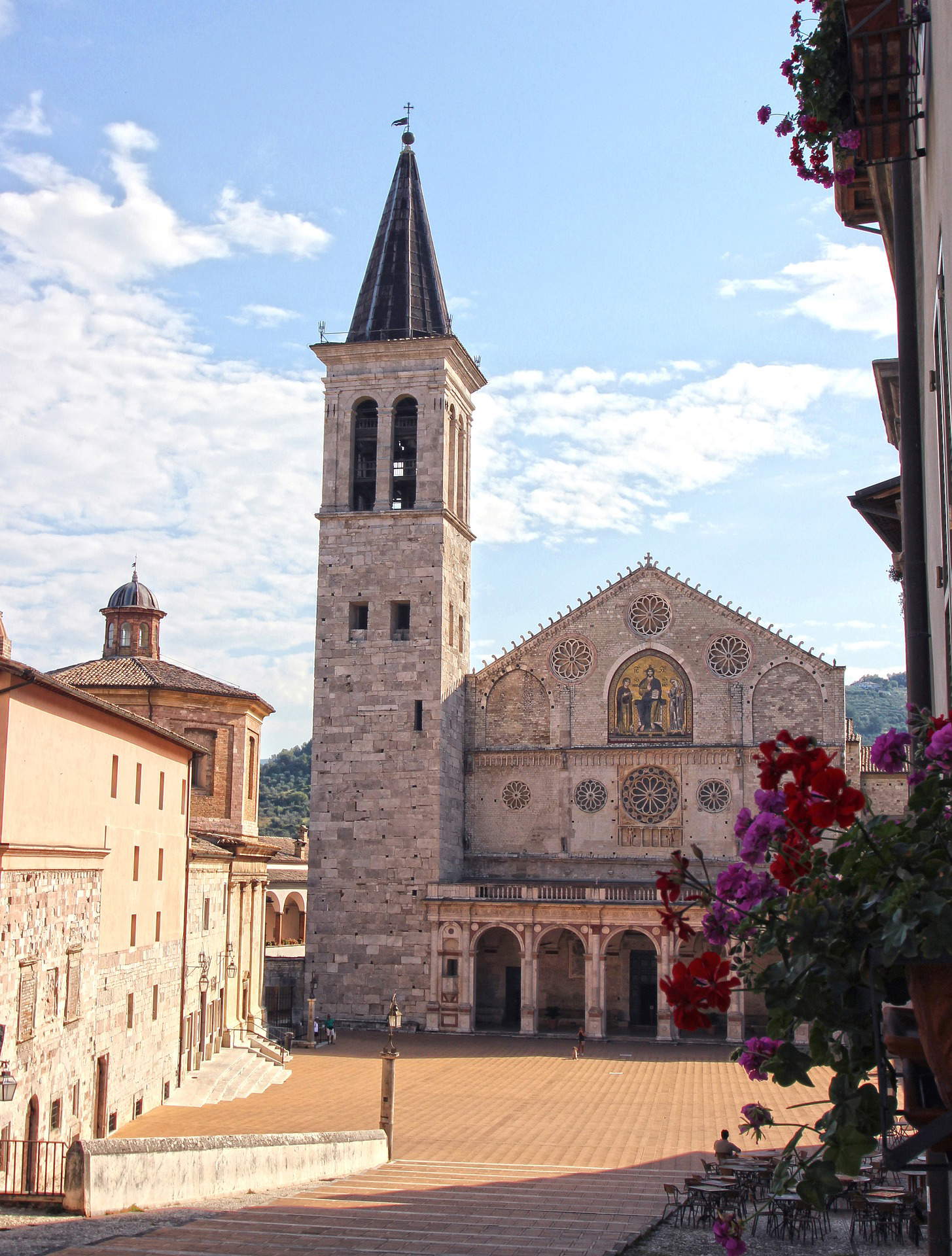
2. Sant’Anatolia di Narco
Sant’Anatolia di Narco is a small medieval village located along the course of the Nera River, surrounded by an unspoiled natural landscape. Its origins date back to the Middle Ages, as evidenced by the walls and narrow streets that crisscross the historic center. The church of San Felice di Narco, with its Romanesque style and interior frescoes, is one of the main points of interest in the village. Of particular note is the Hemp Museum, which chronicles the area’s historical connection to the cultivation and processing of this plant, used to make textiles, ropes and sails. Nearby, trails can be explored through woods and meadows, offering striking views of the river. The village is an ideal destination for those who want to discover the charm of local traditions and the beauty of a well-preserved rural environment.
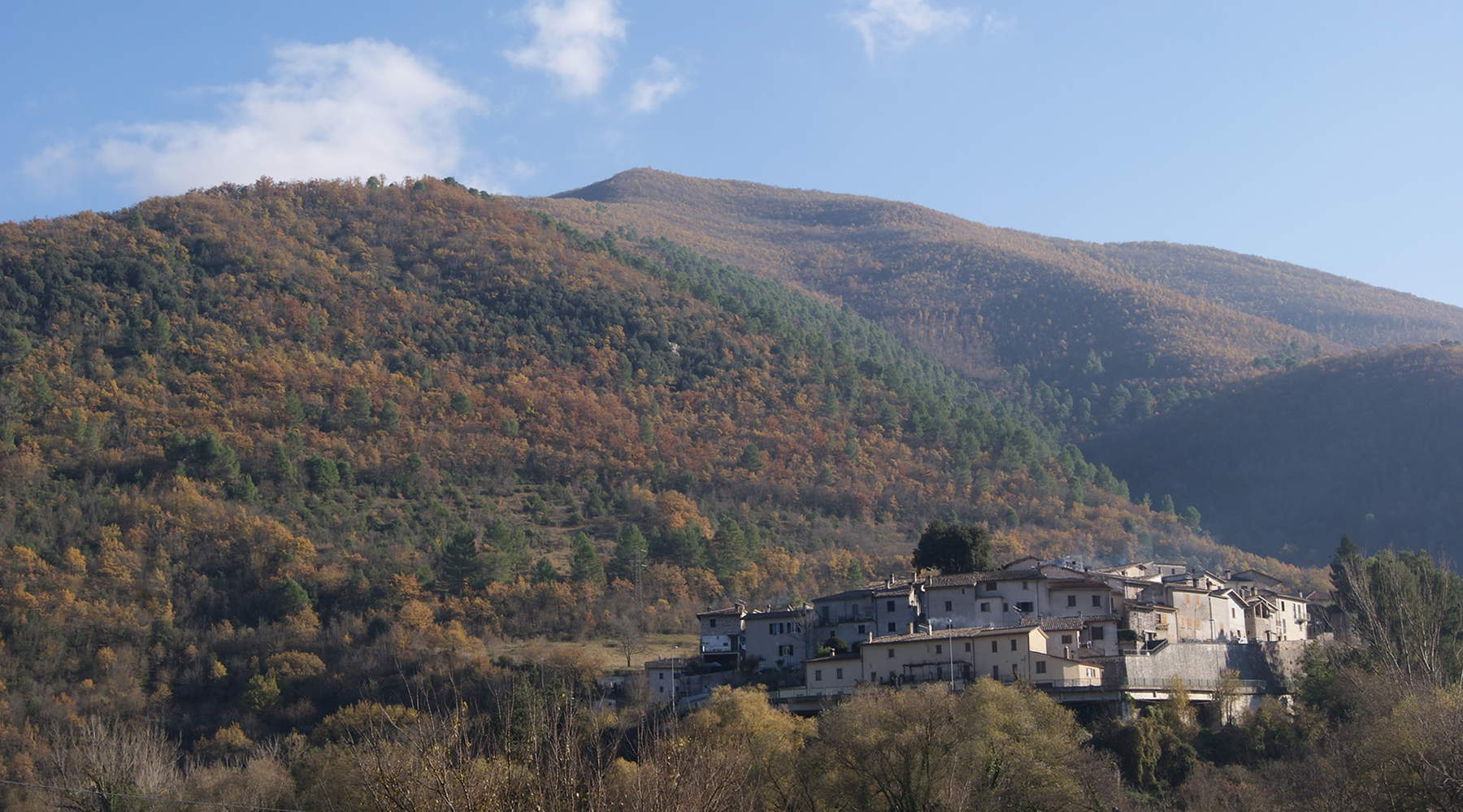
3. Black Wall
Black Wall is a medieval village that preserves its original structure intact, with well-preserved walls enclosing the historic center. Founded in the 12th century, the village is built around the church of Santa Maria, whose interior is decorated with 14th-century frescoes. Other notable churches are that of St. John the Baptist, with valuable pictorial decorations, and that of St. CAterina. Strolling through the streets, one can admire picturesque views and old stone houses. Listed among the “Most Beautiful Villages in Italy,” Black Wall is surrounded by pastures and hills that are home to traditional agricultural activities. The area is known for the production of cheeses and cured meats, which reflect the pastoral culture of the Nera Valley. The village is also home to events and festivals dedicated to enhancing local heritage.
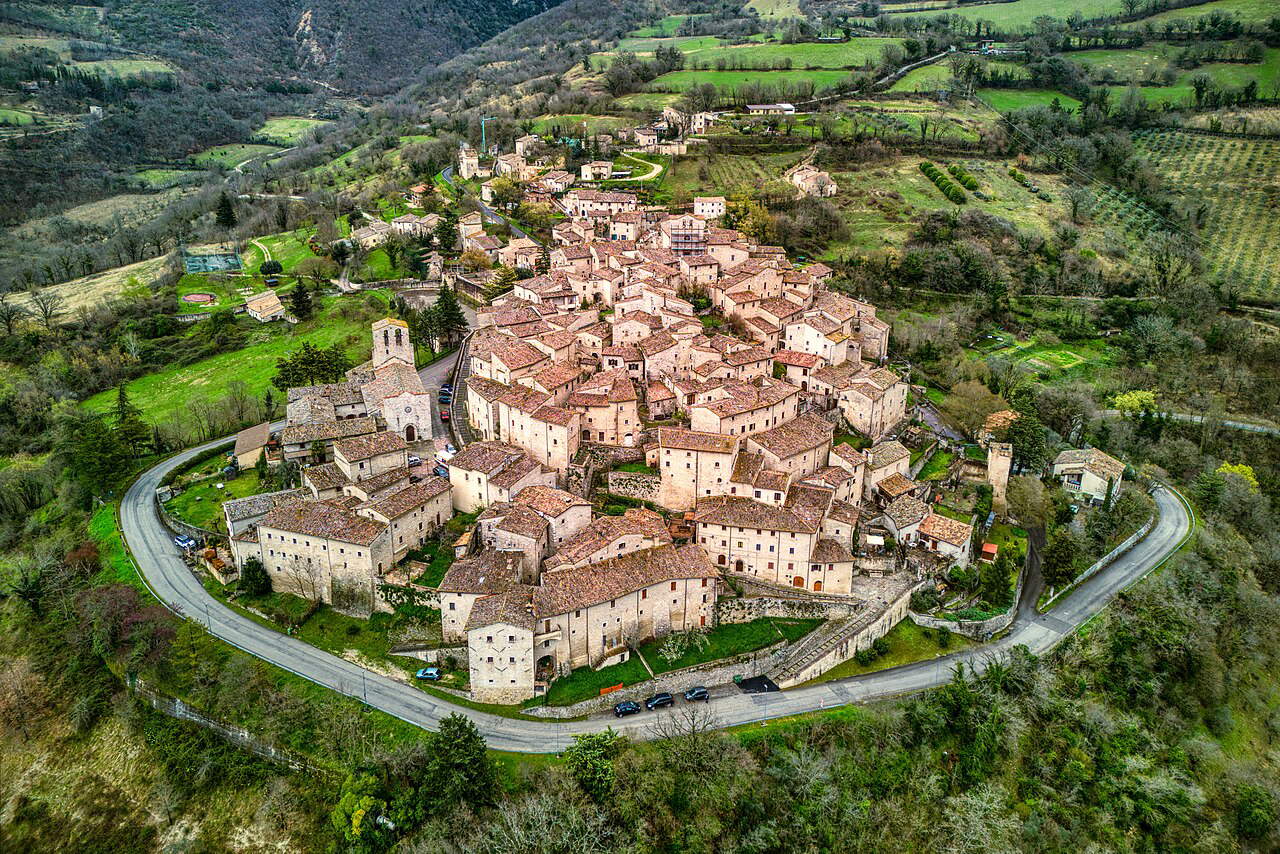
4. Scheggino
Scheggino lies along the banks of the Nera River and has a well-preserved historic center, with stone houses and cobblestone alleys that wind around the main square. The village is known for the processing and harvesting of black truffles, a typical product of the Valnerina celebrated each year during the Black Diamond event, which attracts visitors and gourmets from all over Italy. The surroundings offer numerous opportunities for outdoor activities: the Nera River is ideal for rafting and sport fishing, while the paths through the surrounding hills invite trekking. Not far from the village isActivo Park, an adventure park suitable for families and sports enthusiasts.
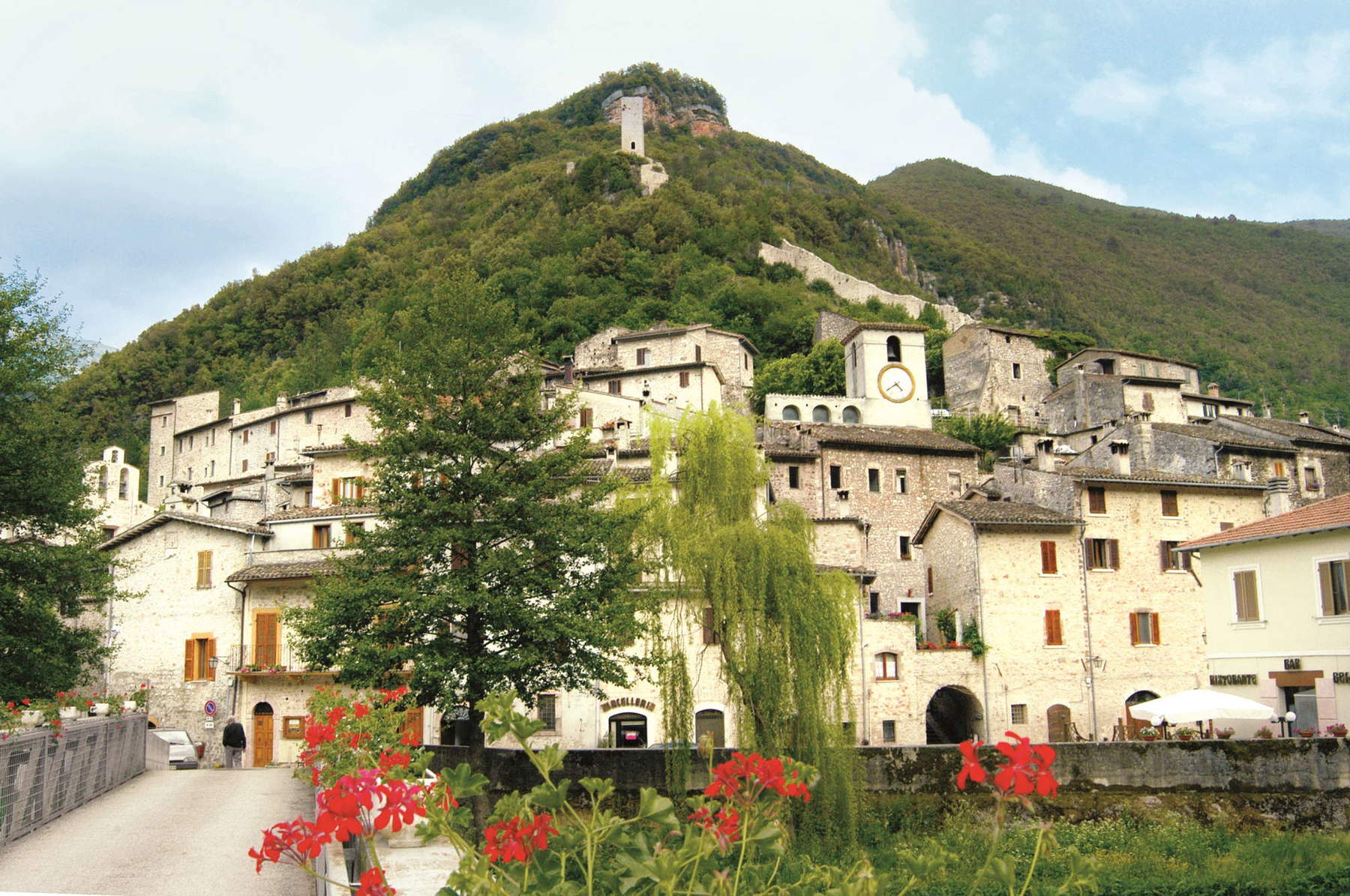
5. Ferentillo
Ferentillo is located along the Nera River and is a curious village composed of two hamlets, Precetto and Matterella, each dominated by a medieval fortress that face each other. The hamlet is famous for its Mummy Museum, housed in the crypt of the church of Santo Stefano in Precetto. Thanks to special climatic and chemical conditions, the bodies buried here were naturally mummified, and offer a unique historical record of life in the hamlet between the 17th and 19th centuries. The narrow streets of the two hamlets lead to medieval buildings and ancient churches, while nearby are rock walls popular with rock climbers.
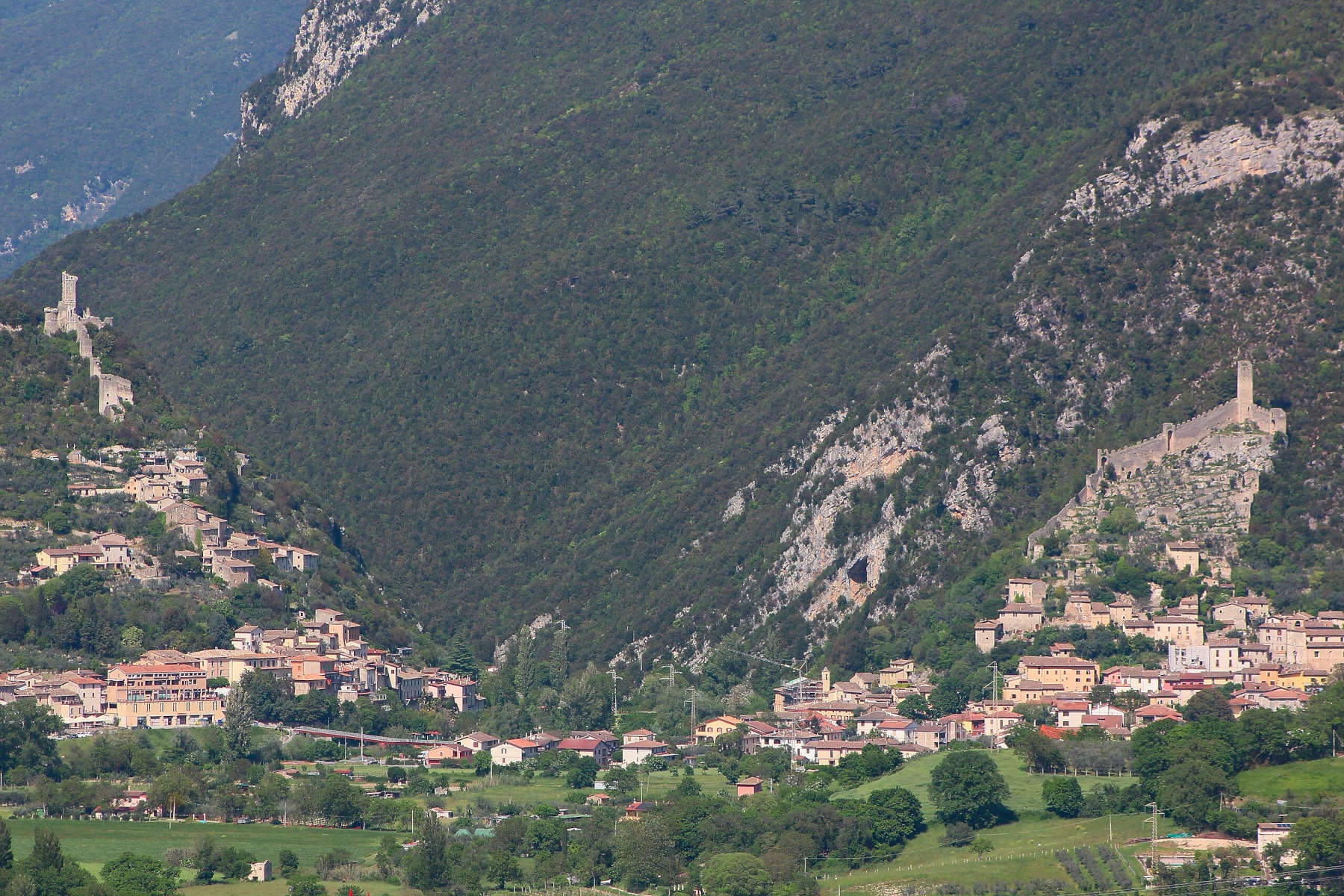
6. Norcia
Norcia is one of the most representative centers of the Valnerina, famous both for its history and gastronomy. The city, linked to the figure of St. Benedict, patron saint of Europe, is developed around Piazza San Benedetto, where the Basilica of the same name stands, rebuilt several times after earthquakes. The village retains sections of the medieval walls and a number of historic buildings, such as the Castellina, a fortress designed in the 16th century by Vignola to house the papal governor. Norcia is internationally renowned for its prized black truffles, norcinerie and typical cured meats. Stores in the center offer local specialties, while restaurants offer dishes that enhance local products. Located in the Monti Sibillini National Park, Norcia is an ideal starting point for nature hikes, with trails through forests, meadows and mountains.
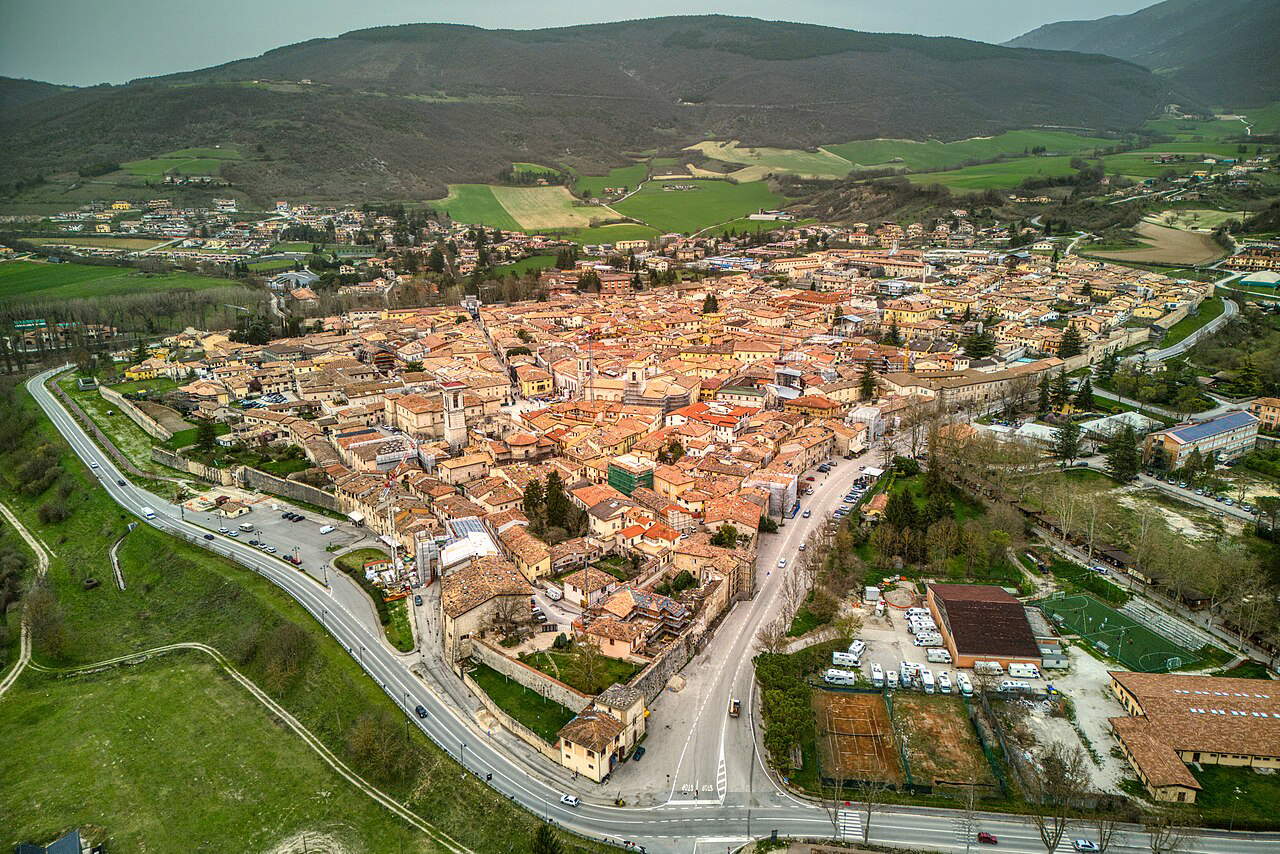
7. Marmore Falls.
The Marmore Falls is one of Umbria’s main natural attractions and one of the highest man-made waterfalls in Europe, with a total drop of 165 meters divided into three levels. It was created by the Romans in the third century BC to drain the waters of the Velino River into the Nera. The waterfall is active at set times, when the water is released from the dam, offering an impressive spectacle. The area around is equipped with hiking trails of varying difficulty, including the Lower Belvedere Trail, which leads near the base of the waterfall. Marmore Falls is also a destination for lovers of water sports, such as rafting and kayaking, thanks to the rapids of the Nera River.
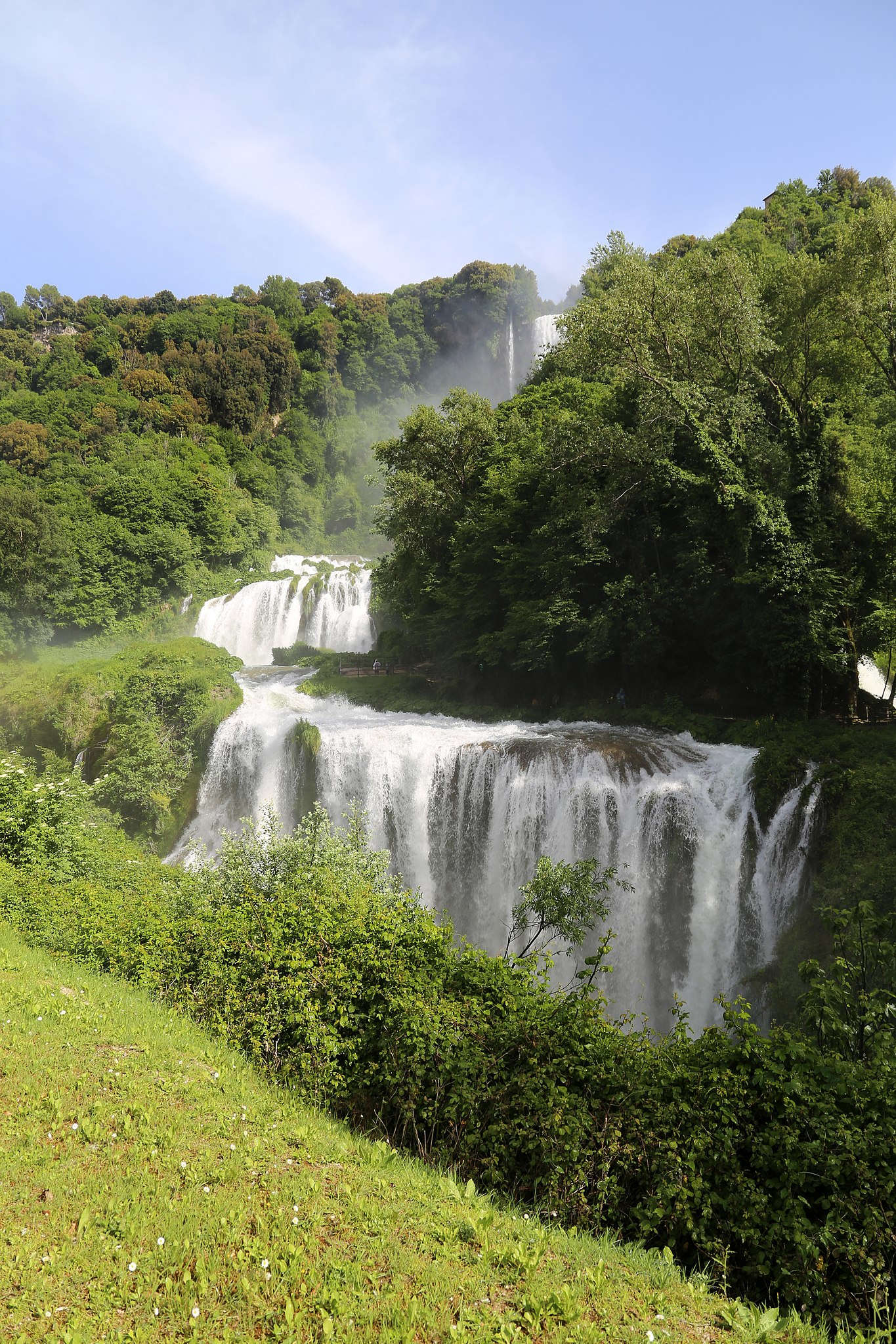
8. Cascia
Cascia is world famous for the Shrine of St. Rita, a religious figure revered as the “Saint of the Impossible.” The complex, which includes the modern basilica, monastery and a chapel where the saint’s relics are kept, is a pilgrimage destination for thousands of faithful each year. The village also has an interesting historic center, with the Gothic-style church of St. Francis and the Museo Civico, which houses works of art and sacred objects. Around Cascia, the hills are home to saffron crops, one of the local agricultural excellences, along with artisanal cheeses and cured meats. The area also offers nature trails, ideal for walking and exploring the quiet mountain landscapes of the Valnerina.
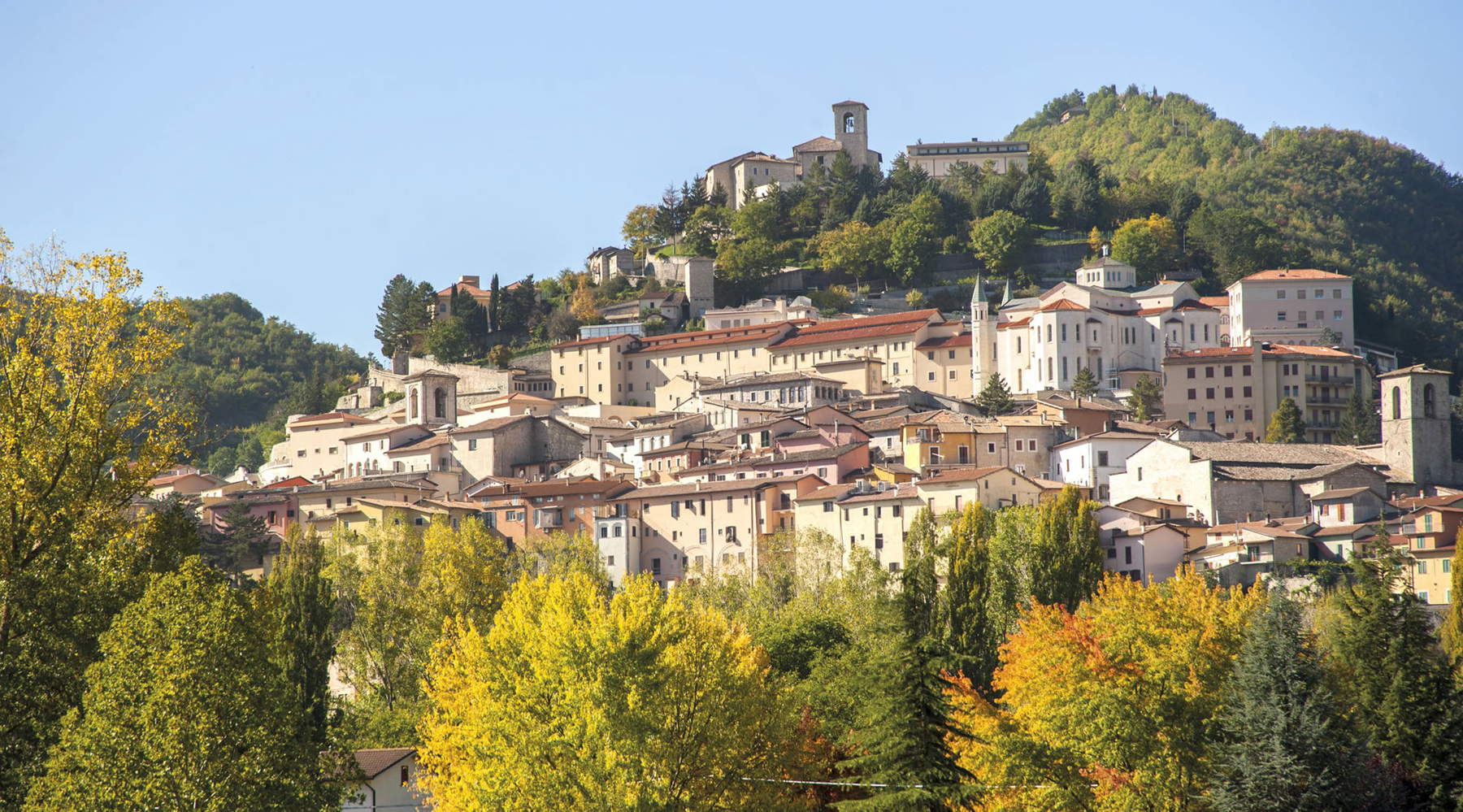
9. Castelluccio di Norcia
Castelluccio di Norcia, located at an altitude of 1452 meters, is one of the highest villages in the Apennines and offers spectacular views of the Pian Grande, known for the famous “Fiorita,” the flowering of the lentil fields that transforms the valley into a mosaic of colors between May and July. The village, severely affected by earthquakes, nevertheless retains traces of its past, including the church of Santa Maria Assunta. Castelluccio’s IGP-certified lentils are the symbol of an agricultural tradition that has been handed down for generations. Castelluccio is also a destination for trekking, paragliding and nature photography enthusiasts, thanks to the trails that cross the Monti Sibillini National Park. In winter, the area is popular with cross-country skiers.
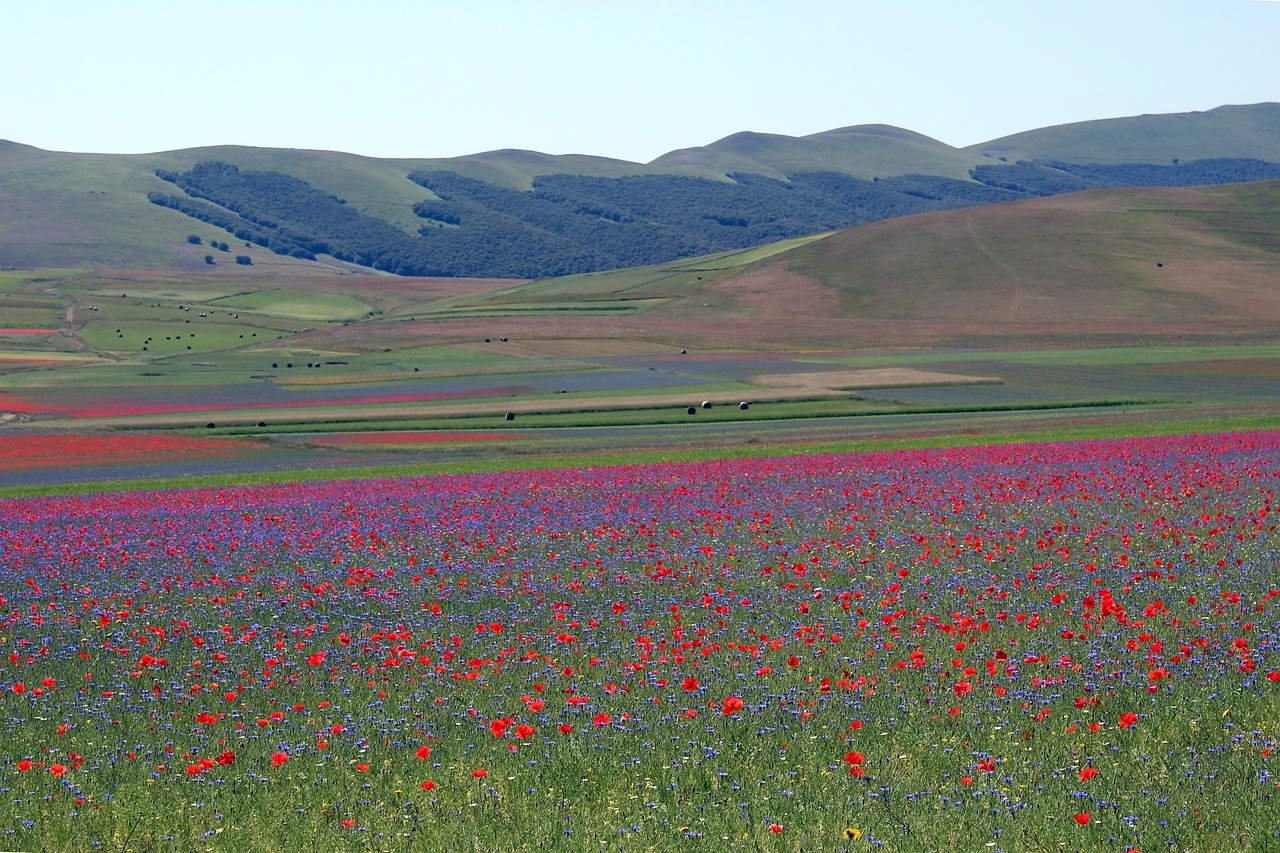
10. Arrone
Arrone, a medieval village surrounded by nature, develops into two distinct nuclei: an older one, on top of a hill, and a more recent one in the valley. The church of St. John the Baptist and the church of Santa Maria Assunta contain frescoes of great artistic value. The village is a perfect destination for those who enjoy active tourism, thanks to its proximity to Marmore Falls and numerous opportunities for hiking, mountain biking and activities on the Nera River. The peaceful atmosphere and historical and natural beauty make Arrone an ideal place for a relaxing and adventurous vacation.
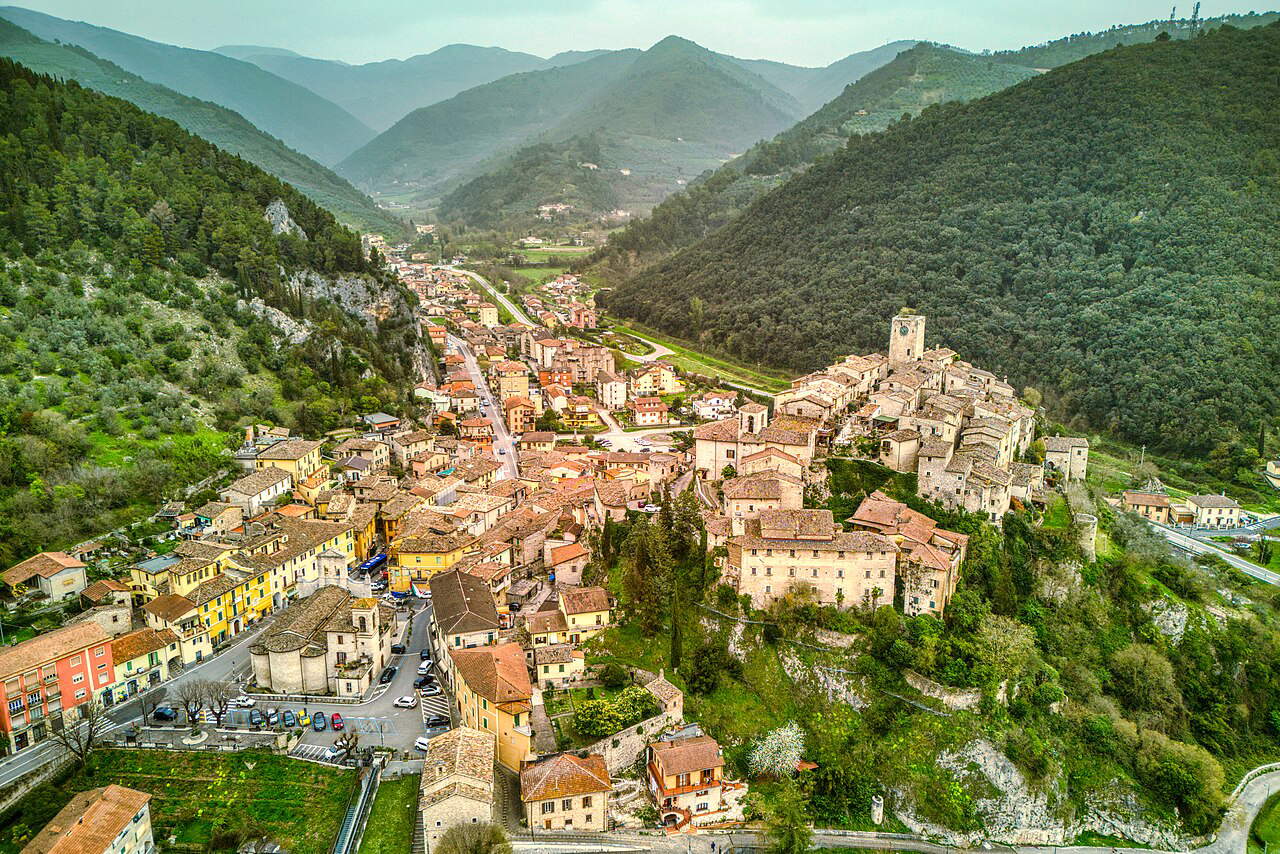
 |
| Valnerina, what to see: 10 places not to miss |
Warning: the translation into English of the original Italian article was created using automatic tools. We undertake to review all articles, but we do not guarantee the total absence of inaccuracies in the translation due to the program. You can find the original by clicking on the ITA button. If you find any mistake,please contact us.





























